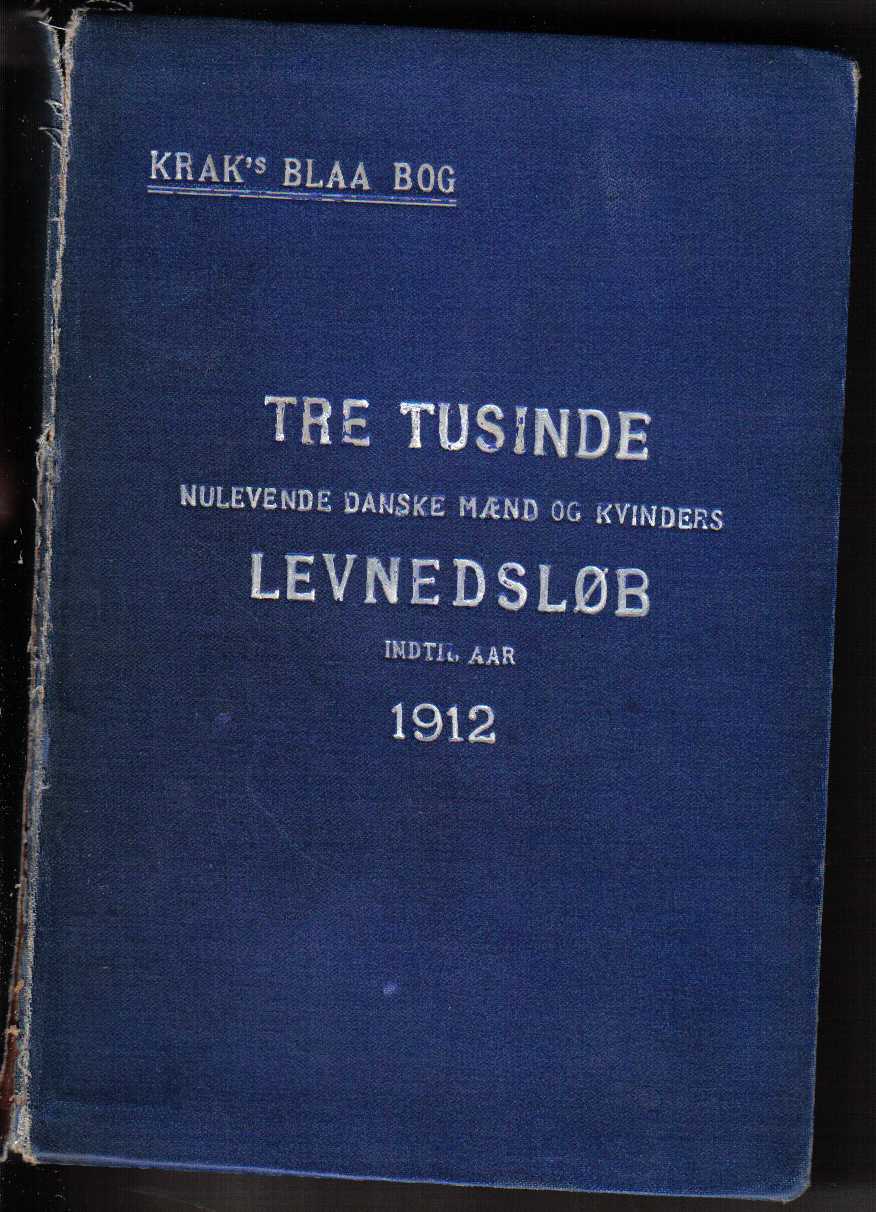|
Philip Stieg
Philip E. Stieg (born July 1952) is an American academic physician and neurosurgeon. He has been the Neurosurgeon-in-Chief of NewYork-Presbyterian/Weill Cornell Medical Center since 2000. Early life Stieg was born in Milwaukee, Wisconsin. Education Stieg earned a B.S. degree in zoology from the University of Wisconsin–Madison in 1974. He pursued graduate studies in neuroanatomy and neuroscience at Albany Medical College, and was awarded a Ph.D. in 1980. He then attended medical school at the Medical College of Wisconsin in Milwaukee, completing his M.D. degree in 1983. Stieg was a resident in general surgery and neurosurgery at the University of Texas-Southwestern Medical School and Parkland Memorial Hospital. Thereafter, he did a fellowship in cell transplantation for restorative neurological function at the Karolinska Institute in Stockholm, Sweden. Professional career Stieg joined the faculty of Harvard Medical School, Brigham and Women's Hospital, and Children's Ho ... [...More Info...] [...Related Items...] OR: [Wikipedia] [Google] [Baidu] |
Milwaukee
Milwaukee ( ), officially the City of Milwaukee, is both the most populous and most densely populated city in the U.S. state of Wisconsin and the county seat of Milwaukee County. With a population of 577,222 at the 2020 census, Milwaukee is the 31st largest city in the United States, the fifth-largest city in the Midwestern United States, and the second largest city on Lake Michigan's shore behind Chicago. It is the main cultural and economic center of the Milwaukee metropolitan area, the fourth-most densely populated metropolitan area in the Midwest. Milwaukee is considered a global city, categorized as "Gamma minus" by the Globalization and World Cities Research Network, with a regional GDP of over $102 billion in 2020. Today, Milwaukee is one of the most ethnically and culturally diverse cities in the U.S. However, it continues to be one of the most racially segregated, largely as a result of early-20th-century redlining. Its history was heavily influenced ... [...More Info...] [...Related Items...] OR: [Wikipedia] [Google] [Baidu] |
NewYork-Presbyterian
The NewYork-Presbyterian Hospital is a nonprofit academic medical center in New York City affiliated with two Ivy League medical schools, Cornell University and Columbia University. The hospital comprises seven distinct campuses located in the New York metropolitan area. The hospital's two flagship medical centers are Columbia University Irving Medical Center and Weill Cornell Medical Center. , the hospital is ranked as the seventh best hospital in the United States and the second in the New York City metropolitan area by '' U.S. News & World Report''. The hospital has more than 6,500 affiliated physicians, 20,000 employees and 2,600 beds in total. It is one of the largest hospitals in the world. NYPH annually treats about 310,000 patients in its emergency department and delivers about 15,000 babies. History NewYork-Presbyterian Hospital was founded in 1771 as New York Hospital by Edinburgh Medical School graduate Samuel Bard. It received a Royal Charter granted by King G ... [...More Info...] [...Related Items...] OR: [Wikipedia] [Google] [Baidu] |
Intracranial
The cranial cavity, also known as intracranial space, is the space within the skull that accommodates the brain. The skull minus the mandible is called the ''cranium''. The cavity is formed by eight cranial bones known as the neurocranium that in humans includes the skull cap and forms the protective case around the brain. The remainder of the skull is called the facial skeleton. Meninges are protective membranes that surround the brain to minimize damage of the brain when there is head trauma. Meningitis is the inflammation of meninges caused by bacterial or viral infections. Structure The capacity of an adult human cranial cavity is 1,200–1,700 cm3. The spaces between meninges and the brain are filled with a clear cerebrospinal fluid, increasing the protection of the brain. Facial bones of the skull are not included in the cranial cavity. There are only eight cranial bones: The occipital, sphenoid, frontal, ethmoid, two parietal, and two temporal bones are fused tog ... [...More Info...] [...Related Items...] OR: [Wikipedia] [Google] [Baidu] |
Who's Who
''Who's Who'' (or ''Who is Who'') is the title of a number of reference publications, generally containing concise biography, biographical information on the prominent people of a country. The title has been adopted as an expression meaning a group of notable persons. The oldest and best-known is the annual publication ''Who's Who (UK), Who's Who'', a reference work on contemporary prominent people in Britain published annually since 1849. In addition to legitimate reference works, some ''Who's Who'' lists involve the selling of "memberships" in fraudulent directories that are created online or through instant publishing services. AARP, the University at Buffalo and the Government of South Australia have published warnings of these ''Who's Who'' scams. Notable examples by country * ''Who's Who (UK), Who's Who'', the oldest listing of prominent British people since 1849; people who have died since 1897 are listed in ''Who Was Who.'' * ''Cambridge Who's Who'' (also known as ''Wor ... [...More Info...] [...Related Items...] OR: [Wikipedia] [Google] [Baidu] |

